Yellow, brown, and black mustard seeds aren't just colored differently—they create completely different flavors in your cooking. The short answer: yellow seeds make mild American-style mustard (think ballpark hot dogs), brown seeds create tangy Dijon mustard, and black seeds deliver intense heat essential for authentic Indian curries. This guide explains exactly when to use each type, how they differ in flavor and heat, and what happens if you substitute one for another—so you'll never ruin a recipe with the wrong mustard seed again.
Table of Contents
- The 3 Mustard Seed Types: Practical Differences
- Flavor Comparison: Heat Levels and Best Uses
- When to Substitute Mustard Seeds (And What Happens)
- Cooking with Each Type: Essential Techniques
- Storage Tips to Maintain Flavor and Color
- Mustard Seed Color FAQ
- Final Recommendation: Which to Keep in Your Pantry
The 3 Mustard Seed Types: Practical Differences
Understanding these three varieties solves most mustard-related cooking problems:
- Yellow/White Mustard Seeds – Mild flavor (0-2/10 heat), pale color, used in American yellow mustard and salad dressings
- Brown Mustard Seeds – Medium heat (5-6/10), tan to brown color, make Dijon mustard and pickling brines
- Black Mustard Seeds – Very hot (8-9/10), darkest color, essential for authentic Indian and Ethiopian dishes
| Type | Heat Level (1-10) | Best For | Common Mistake to Avoid |
|---|---|---|---|
| Yellow/White | 0-2 | Hot dog mustard, mayo-based sauces | Using in Indian cooking (too mild)|
| Brown | 5-6 | Dijon mustard, pickling, European recipes | Over-toasting (becomes bitter)|
| Black | 8-9 | Indian tempering, spice pastes, strong sauces | Adding directly to cold dishes (too harsh)
These practical differences matter more than botanical names when you're cooking. Color tells you exactly what to expect in your dish.
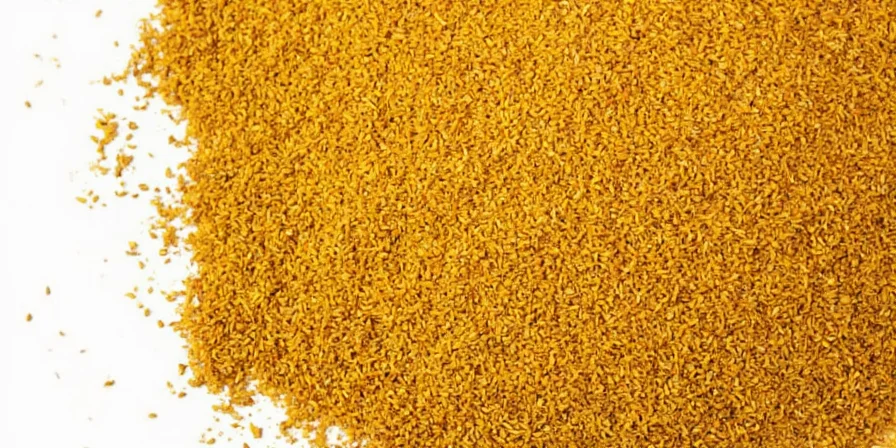
Flavor Comparison: Heat Levels and Best Uses
Don't guess—know exactly what each seed will do in your recipe:
- Yellow Mustard Seeds: Almost no heat when whole. Only become mildly tangy when mixed with liquid (like in yellow mustard). Use when you want mustard flavor without heat.
- Brown Mustard Seeds: Noticeable bite when toasted. Perfect when you want medium heat that complements rather than dominates (like in Dijon mustard or pickling).
- Black Mustard Seeds: Intense heat explosion when cooked in oil. Essential for authentic Indian tadka (tempering) where they're fried until they pop.
Real cooking insight: Black mustard seeds aren't "better"—they're for specific applications. Using black seeds in American-style mustard would create an inedibly hot product. Conversely, yellow seeds in Indian cooking would taste bland and wrong.
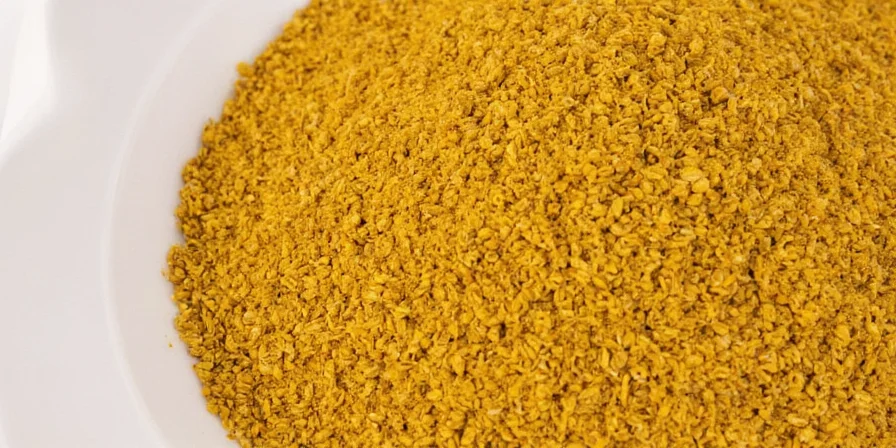
When to Substitute Mustard Seeds (And What Happens)
Emergency substitutions explained with real cooking results:
- Black → Brown substitution: Use 25% more brown seeds. Result: Milder dish with earthier notes (good for beginners learning Indian cooking)
- Brown → Yellow substitution: Not recommended (too mild). If necessary, double the amount AND add 1/4 tsp horseradish for bite
- Yellow → Brown substitution: Use same amount. Result: Noticeably spicier dish (great for upgrading basic recipes)
Critical timing note: Black seeds must be added to hot oil and cooked until they pop (about 30 seconds). Brown seeds need 15-20 seconds. Yellow seeds don't require this step—they're usually mixed with liquid later.
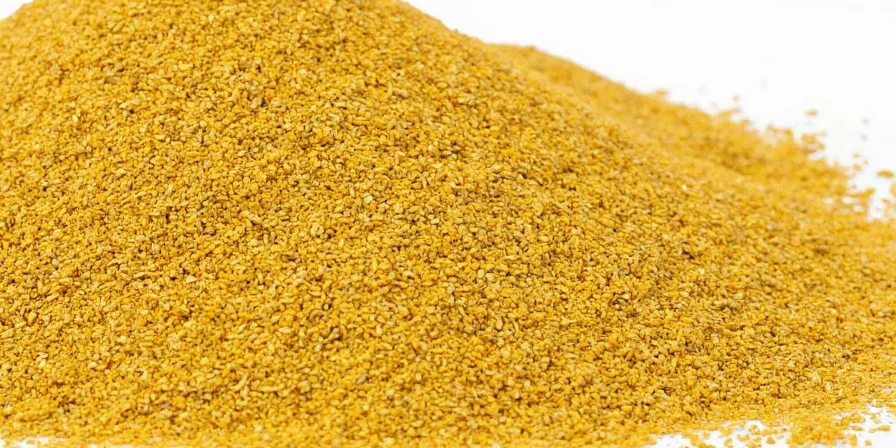
Cooking with Each Type: Essential Techniques
Follow these foolproof methods for perfect results every time:
- For Black Mustard Seeds (Indian cooking)
- Heat oil until shimmering (medium-high)
- Add seeds—they should sizzle immediately
- Cook 20-30 seconds until they pop
- Immediately add curry leaves or asafoetida - For Brown Mustard Seeds (Dijon/pickling)
- Grind seeds first for even flavor
- Mix with cold water/vinegar (never hot liquid)
- Let sit 10 minutes before using - For Yellow Mustard Seeds (American-style)
- Combine with vinegar, salt, turmeric
- Blend until smooth
- Refrigerate 24 hours for best flavor
Professional tip: Never use black mustard seeds in mayonnaise-based sauces—they'll make the entire batch unbearably hot. Save them for oil-based tempering techniques.

Storage Tips to Maintain Flavor and Color
Keep your seeds fresh and potent:
- Whole seeds: Store in airtight container away from light (lasts 2-3 years)
- Ground seeds: Use within 6 months (loses potency quickly)
- Color check: Faded black seeds = less heat. Replace if they've turned brownish
- Moisture warning: Clumping means they've absorbed moisture—discard immediately
Pro storage method: Divide bulk purchases into small portions. Keep one container in your spice rack and freeze the rest. Thaw completely before opening to prevent condensation.
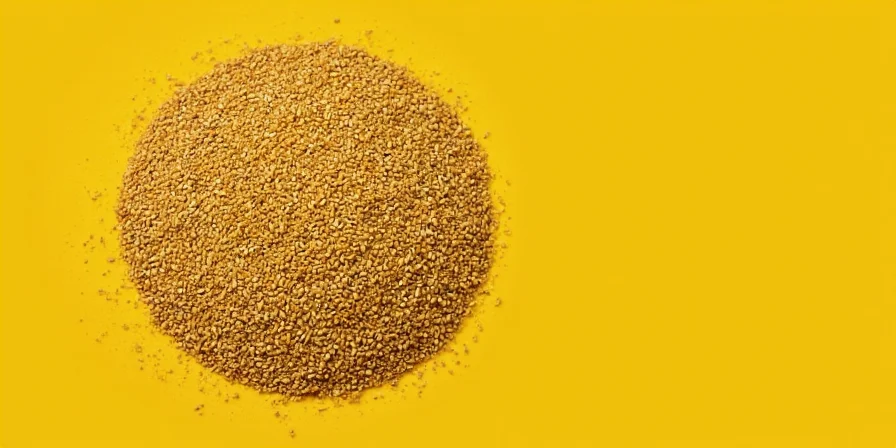
Mustard Seed Color FAQ
Final Recommendation: Which to Keep in Your Pantry
For most home cooks, here's the perfect mustard seed lineup:
- Must-have: Black mustard seeds (for authentic Indian cooking)
- Good to have: Brown mustard seeds (for Dijon mustard and pickling)
- Rarely needed: Yellow seeds (unless you make American-style mustard regularly)
Buying tip: Purchase black mustard seeds from Indian grocery stores—they're fresher and more potent than generic supermarket versions. Store in the freezer for maximum shelf life.
Remember this simple rule: When in doubt for Indian recipes, choose black. For European recipes, choose brown. For American condiments, choose yellow.
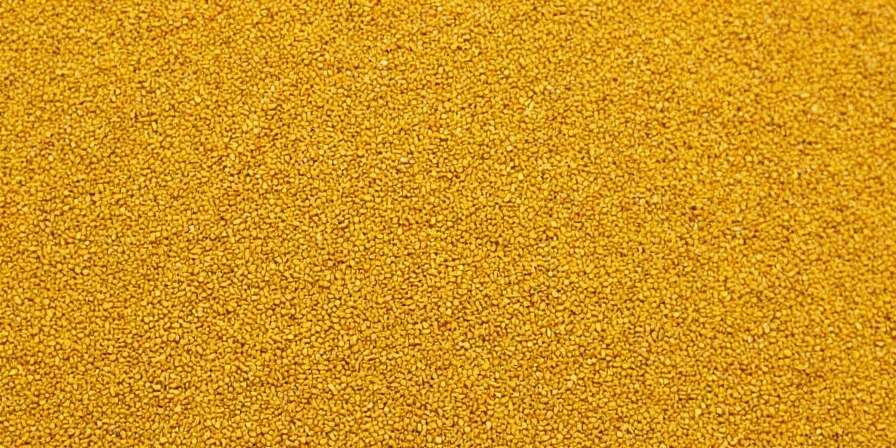

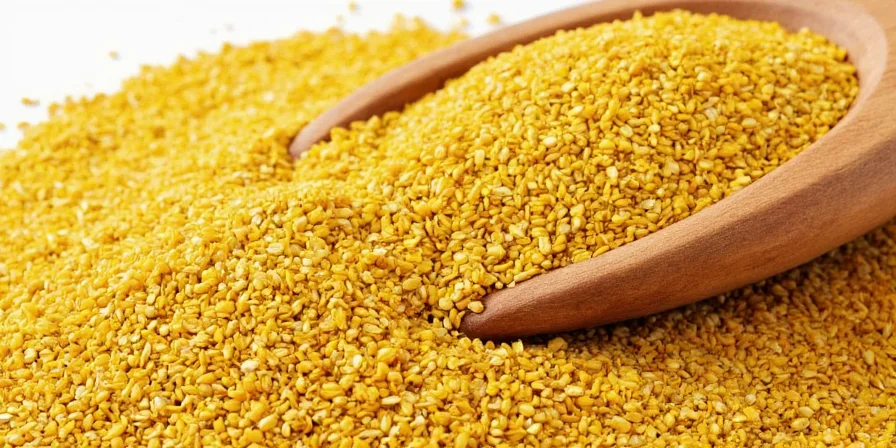









 浙公网安备
33010002000092号
浙公网安备
33010002000092号 浙B2-20120091-4
浙B2-20120091-4